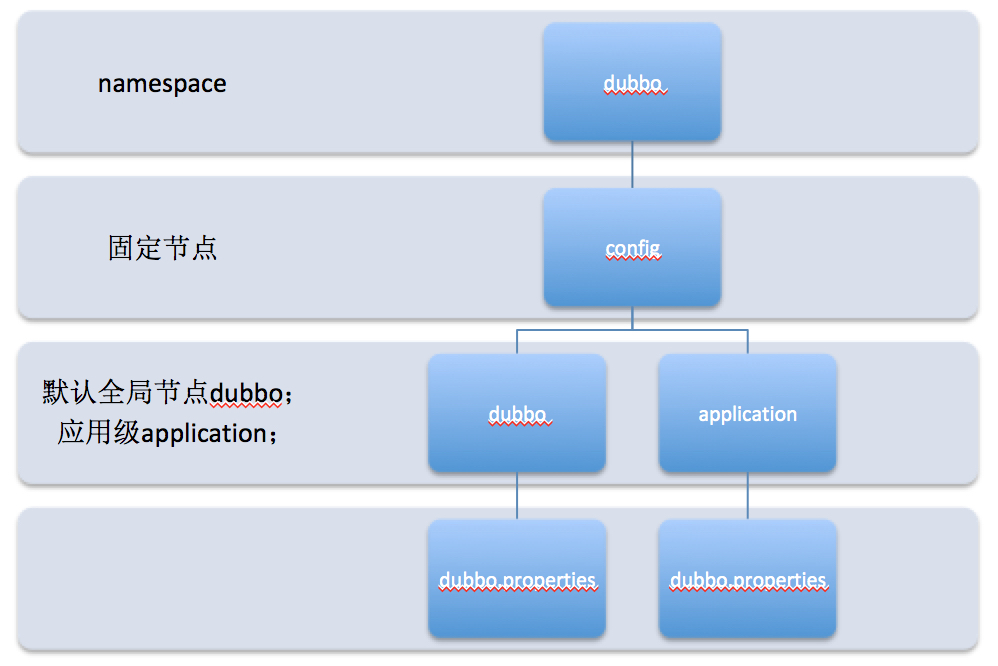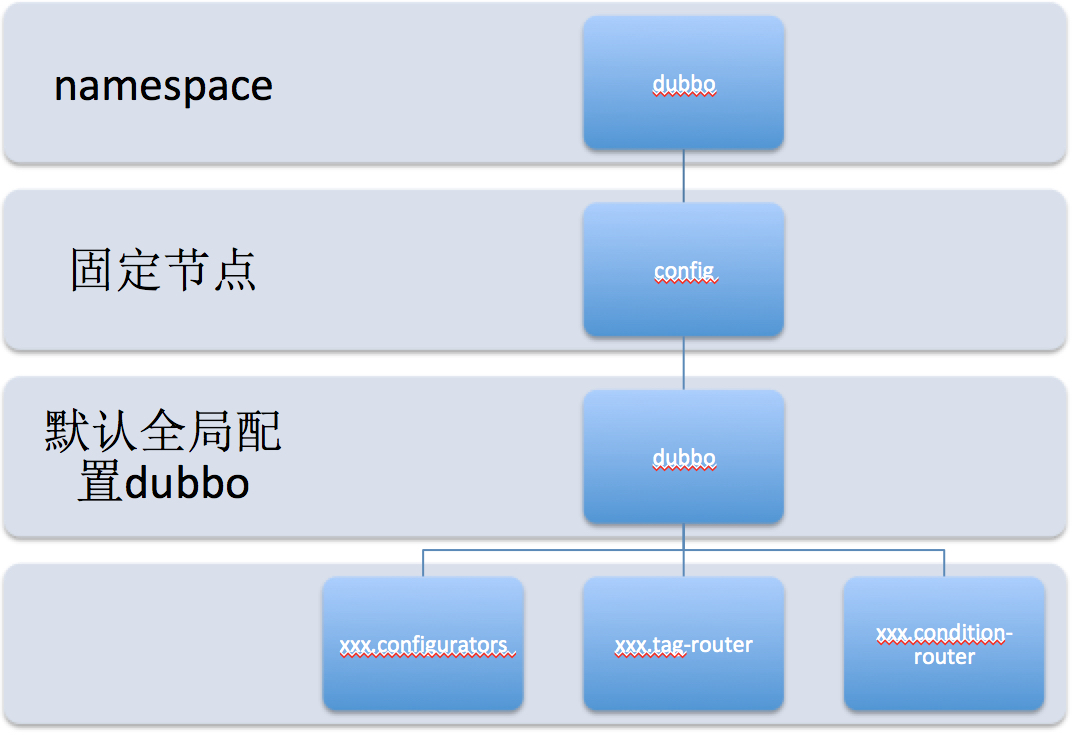Zookeeper
1 Prerequisites
- Understand Dubbo basic development steps
- Install and start Zookeeper
2 Usage Instructions
View the complete sample code
2.1 Add Maven Dependencies
If the project has already enabled Zookeeper as the registry, no additional configurations are necessary.
If Zookeeper is not used as the registry, refer to Add Zookeeper related dependencies for the registry.
2.2 Enable Zookeeper Configuration Center
<dubbo:config-center address="zookeeper://127.0.0.1:2181"/>
or
dubbo
config-center
address: zookeeper://127.0.0.1:2181
or
dubbo.config-center.address=zookeeper://127.0.0.1:2181
or
ConfigCenterConfig configCenter = new ConfigCenterConfig();
configCenter.setAddress("zookeeper://127.0.0.1:2181");
For the format of address, refer to zookeeper registry - enable configuration
3 Advanced Configuration
To enable authentication and authorization, refer to zookeeper registry - enable authentication and authorization
3.1 Customize Externalized Configuration Key
1. Enable externalized configuration and specify key
dubbo
config-center
address: zookeeper://127.0.0.1:2181
config-file: dubbo.properties
config-file - key value of the externalized configuration file, default dubbo.properties. config-file represents the key value corresponding to the Dubbo configuration file when stored in the remote registry, and it is generally not recommended to change this configuration item.
2. Add configuration to Zookeeper Configuration Center The storage structure of externalized configuration is shown in the diagram below.

- namespace, used for environment isolation of different configurations.
- config, a fixed node defined by Dubbo, cannot be changed, all configurations and traffic governance rules are stored under this node.
- dubbo and application, used for isolating global configuration and application-level configuration: dubbo is the default group value, and application corresponds to the application name.
- dubbo.properties, the node value of this node stores specific configuration content.
This is to illustrate the working principle; it is recommended to use dubbo-admin for configuration management.
3.2 Set Group and Namespace
dubbo
config-center
address: zookeeper://127.0.0.1:2181
group: dubbo-cluster1
namespace: dev1
For the configuration center, group and namespace should be unified across the company (cluster), and different applications should avoid using different values. Externalized configurations and governance rules should also be stored under the corresponding group and namespace.
4 Traffic Governance Rules
All traffic governance rules are by default stored under the /dubbo/config node. The specific node structure diagram is as follows. It is recommended to use dubbo-control-plane (dubbo-admin) for adding, deleting, or modifying traffic governance rules. More content can be found in Dubbo’s supported traffic governance capabilities.

- namespace, used for environment isolation of different configurations.
- config, a fixed node defined by Dubbo, cannot be changed; all configuration and traffic governance rules are stored in this node.
- dubbo, all service governance rules are global, and dubbo is the default node.
- configurators/tag-router/condition-router/migration, different types of service governance rules, node value stores the specific rules content.